Where Gods Still Dwell And Welcome Visitors
The Asante traditional buildings represent a unique collection of West African architectural and spiritual heritage. These sacred structures, distinguished by their authentic design and construction techniques, have earned global recognition when they were added on the UNESCO World Heritage List in 1980. These beautifully decorated structures represent the last authentic architectural remains from the prosperous Asante Empire, which reached its golden age in the 18th century. Sadly, British colonial raids in the 19th century destroyed most of these sacred sites, making the surviving ones even more precious.
Brief History
The Asante Kingdom, founded in the 17th century, emerged as a powerful West African state. The architectural style of the Asante traditional buildings has evolved, reflecting both social hierarchy and its deep connection with the spiritual realm.
The construction techniques employed in these buildings represent generations of accumulated wisdom, passed down through master craftsmen who understood how to harmonize human needs with environmental challenges. Built primarily using timber and earth materials, these structures have withstood the region’s tropical climate while embodying the profound cultural and spiritual beliefs of the Asante people.
Exploring Asante Traditional Buildings
The remarkable collection comprises thirteen buildings spanning ten locations: Abirim, Asawase, Asenemaso, Bodwease, Ejisu Besease, Adarko Jachie, Edwenase, Kentinkrono, Patakro, and Saaman. Located primarily north and east of Kumasi and in south-central Ghana, each building serves as a shrine—a spiritual home or ‘the home of gods and men’. Each one of them is dedicated to one of the minor deities ('Abosom') of the Asante pantheon. These deities serve as intermediaries between mortals and the supreme God, Nyame.
The Asante traditional buildings hold immense cultural, historical, and architectural value. They symbolise the Asante people’s unbroken connection to their ancestral roots and serve as an important reminder of their past. The buildings also showcase the ingenuity and skill of Asante artisans, who masterfully utilised local materials and techniques to create these architectural masterpieces that inspire awe even today.
Architectural Features
Earth and Timber Construction
The primary materials used in constructing Asante traditional buildings are earth and timber. Craftsmen built walls using sun-dried mud bricks, while wooden frameworks support thatched roofs. This material choice offers multiple advantages: mud bricks provide excellent insulation against heat, remain easily accessible, and maintain eco-friendly properties. However, the hot, humid climate requires constant maintenance to preserve structural integrity.
Courtyard Layout
The thoughtful design centers around courtyards surrounded by various rooms and chambers. This intentional layout promotes natural ventilation, allowing air to circulate freely while keeping interiors comfortably cool—a crucial adaptation to the tropical environment.
Decorative Wall Relief and decorations
Perhaps the most striking feature of these buildings is their elaborate decorative wall relief. Master artisans carved intricate designs into mud walls, depicting geometric patterns, animals, and human figures. These motifs carry deep symbolic meaning, representing spiritual concepts, traditional proverbs, and historical events while serving both aesthetic and educational purposes.
Akan-Style Roofs
The distinctive steep, double-pitched roof design, known as Akan-style architecture, serves multiple functions. This unique configuration facilitates efficient rainwater drainage while providing enhanced ventilation, significantly improving the building's resilience against tropical weather conditions.
Conservation and Restoration Efforts
Asante traditional buildings face various threats, like climate change, urbanisation, and the lack of maintenance. Local and international organisations have collaborated to ensure the long-term preservation of these buildings, which are invaluable to the cultural heritage of the Asante people.
UNESCO World Heritage Status
In 1980, a selection of Asante traditional buildings was included in the UNESCO World Heritage List, raising global awareness of their cultural and historical importance. This prestigious recognition has generated increased funding and technical support for ongoing conservation and restoration initiatives.
Local Community Involvement
Local community involvement remains essential for successful preservation through education, training, and employment initiatives. This approach ensures conservation efforts maintain sustainability and create lasting impact. The Conservation projects also involve specialists from architecture, archaeology, and engineering fields. Their combined expertise develops innovative solutions while maintaining historical authenticity.
Nearby Attractions
While visiting Asante Traditional Buildings, explore other nearby attractions:
Akosombo Dam
Located approximately two hours from Kumasi, this impressive hydroelectric facility on the Volta River generates electricity for Ghana and neighboring West African countries.
Boti Falls
An hour's drive from Kumasi leads to these spectacular twin waterfalls in Ghana's Eastern Region, renowned for scenic beauty and tranquil atmosphere.
Wildlife Sanctuaries
Nature enthusiasts can explore the Tafi-Atome Monkey Sanctuary and Boabeng Fiema Monkey Sanctuary, offering hiking opportunities through forests where visitors observe monkeys in their natural habitat.
Planning Your Trip: Tips for Visiting Asante Traditional Buildings
Respect Sacred Spaces: For local communities, these buildings remain profoundly sacred. Many maintain resident priests, and traditional religious practices continue actively within these shrines. Locals regularly seek spiritual guidance and consult deities before making important life decisions. These are living religious sites, not tourist attractions. Please be mindful and respect local customs and privacy.
Limited Public Access: Only the Besease building officially welcomes public visitors and operates as a museum. All other sites remain closed to general tourism. Please be respectful and do not invade privacy and space on sacred sites!

Edite Strautmane, travel writer and nature enthusiast, shares her passion for travel, exploration and adventure through stories on GhanaTRVL.






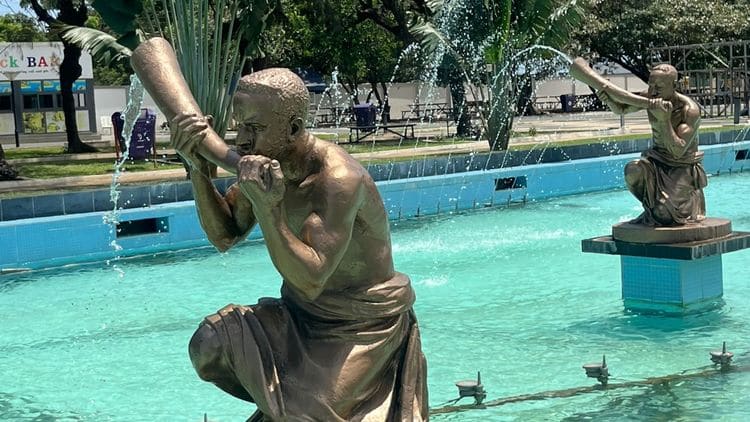
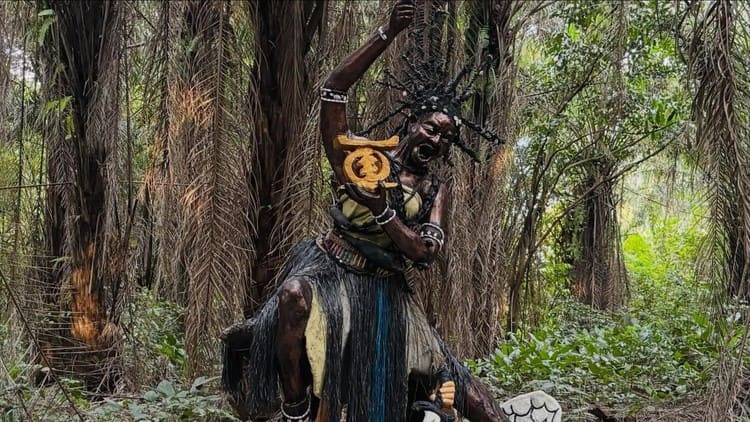
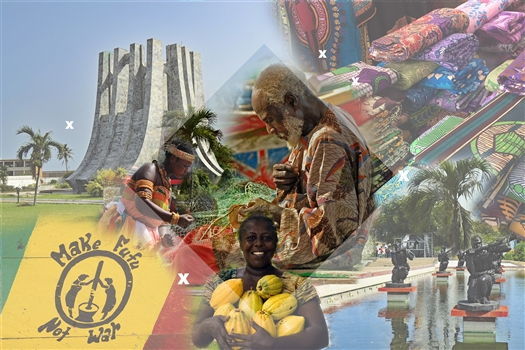

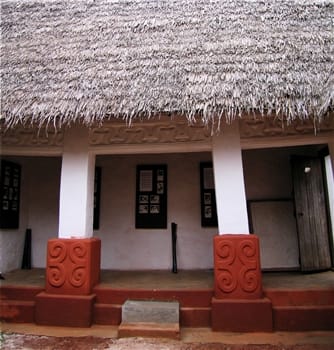
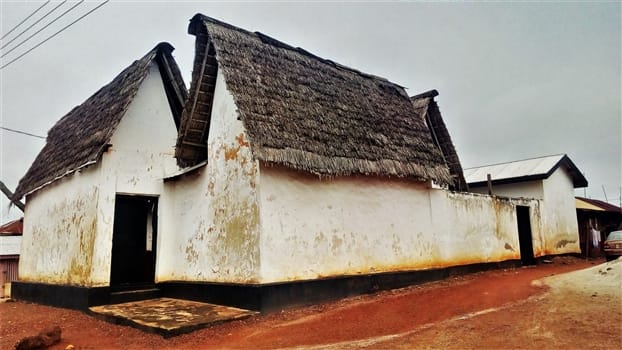

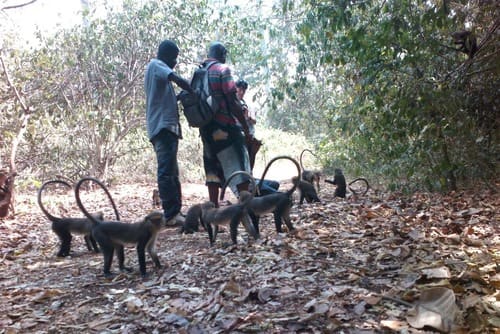
















Comments